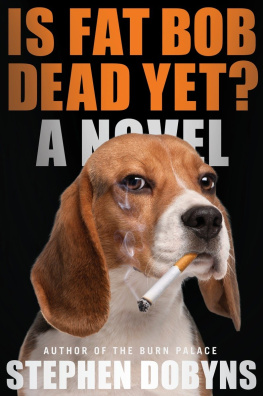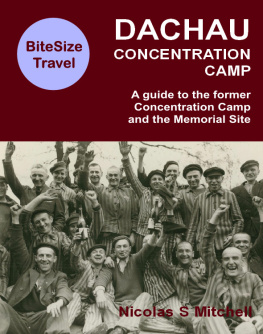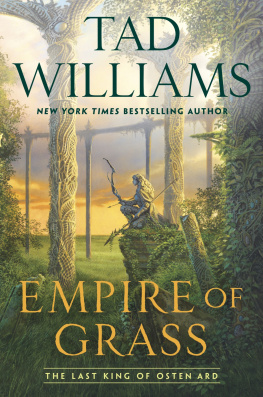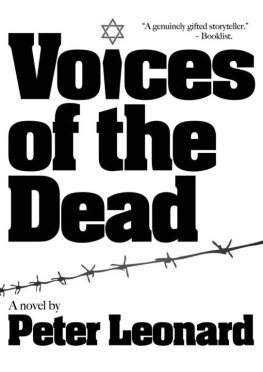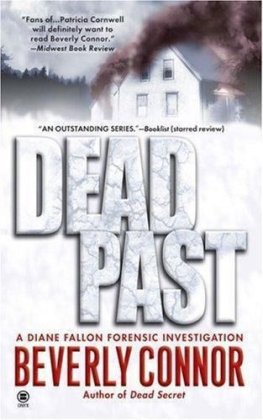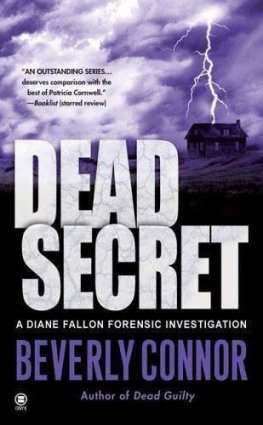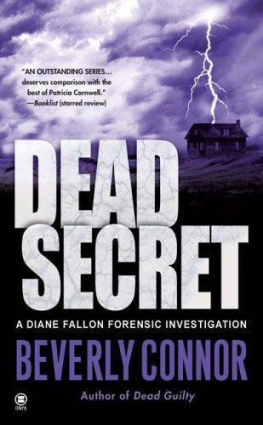Also by Stephen Dobyns
POETRY
Winters Journey
Mystery, So Long
The Porcupines Kisses
Pallbearers Envying the One Who Rides
Common Carnage
Velocities: New and Selected Poems, 19661992
Body Traffic
Cemetery Nights
Black Dog, Red Dog
The Balthus Poems
Heat Death
Griffon
Concurring Beasts
NONFICTION
Next Word, Better Word: The Craft of Writing Poetry
Best Words, Best Order: Essays on Poetry
STORIES
Eating Naked
NOVELS
The Burn Palace
Boy in the Water
Saratoga Strongbox
The Church of Dead Girls
Saratoga Fleshpot
Saratoga Backtalk
The Wrestlers Cruel Study
Saratoga Haunting
After Shocks/Near Escapes
Saratoga Hexameter
The House on Alexandrine
Saratoga Bestiary
The Two Deaths of Seora Puccini
A Boat off the Coast
Saratoga Snapper
Cold Dog Soup
Saratoga Headhunter
Dancer with One Leg
Saratoga Swimmer
Saratoga Longshot
A Man of Little Evils

An imprint of Penguin Random House LLC
375 Hudson Street
New York, New York 10014

Copyright 2015 by Stephen Dobyns
Penguin supports copyright. Copyright fuels creativity, encourages diverse voices, promotes free speech, and creates a vibrant culture. Thank you for buying an authorized edition of this book and for complying with copyright laws by not reproducing, scanning, or distributing any part of it in any form without permission. You are supporting writers and allowing Penguin to continue to publish books for every reader.
Blue Rider Press is a registered trademark and its colophon is a trademark of Penguin Random House LLC
Grateful acknowledgment is made for permission to reprint lyrics from (Ghost) Riders in the Sky (A Cowboy Legend), from Riders in the Sky by Stan Jones. Copyright 1949 (Renewed) Edwin H. Morris & Company, a Division of MPL Music Publishing, Inc. All rights reserved. Reprinted by permission of Hal Leonard Corporation.
Library of Congress Cataloging-in-Publication Data
Dobyns, Stephen, date.
Is fat Bob dead yet? : a novel / Stephen Dobyns.
p. cm.
ISBN 978-0-698-16663-9
I. Title.
PS3554.O2I8 2015 2015017213
813'.54dc23
This is a work of fiction. Names, characters, places, and incidents either are the product of the authors imagination or are used fictitiously, and any resemblance to actual persons, living or dead, businesses, companies, events, or locales is entirely coincidental.
Version_1
For Betsy
ONE
I ts an early spring morning in late winter, a welcome oxymoron with balmy breezes that send Connecticut College students back to their dorm rooms for shorts and flip-flops. Bare legs proliferate. Businessmen loosen their ties. One mad rogue, the owner of a coffee shop, moves two small tables with chairs out to the sidewalk. Motorcycles emerge from winter hibernations. It would be wrong to say its a good day on which to die, but surely one can imagine worse days.
This is Bank Street in New London, Connecticut, the name referring not to commercial activity but to the curving riverbank of the river Thames, which the street follows. We can see the river if we look across the cellar hole next to the Salvation Army thrift store, where a dozen rusty pilings rise from the ground. The lot contains a depressing collection of broken glass, plastic bags, plastic bottles, and decrepitating cardboard boxes, but we can ignore that. Down the slope and dividing the back entries of Bank Street enterprises from the train tracks is Water Street: more of a wide alley with pretensions than a street. Then comes the river with a few pleasure piers and the coast guards three-masted, 290-foot cutter, the Eagle, which is a wonder to see under full sail. Across the river in Groton, those great gray square buildings flanked by yellow cranes are part of the General Dynamics shipyard where submarines are made, though few get made nowadays.
Bank Street is a hodgepodge of eighteenth-, nineteenth-, and twentieth-century buildings, ranging from the beautiful to the ugly, granite Gothic Revival to redbrick Victorian to the brick-and-tin Salvation Army thrift store, a small-box version of a big-box store next to the granite Custom House. In an early version of urban renewal, Benedict Arnold and his Hessians put prior Bank Street buildings to the torch in 1781.
Back by Firehouse Square is where the historic district begins as modern streetlights change to retro streetlamps and Bank Street changes to one-way, heading downtown. The Greek Revivalstyle F. L. Allen Firehouse is now an art gallery, while a sign on the three-story granite house of Captain Benjamin Brown across the street advertises a Chinese-medicine practitioner. A bucket truck squats by the traffic island, and high in the air a service technician fixes the streetlight. Two traffic lights hang below an arm extending from the same pole; they sway slightly as the fellow in the bucket does his work.
If we could take his place for a minute, wed have the chance to inspect the nature of this Monday morning in early March: cloudless sky, men and women carrying their coats over their arms, kids already in shorts, one fellow parked in front of the Firehouse Art Gallery has put down the convertible top of his blue Mazda Miata, people pause to address friendly remarks to one another as they go about their business, sunlight reflects off the river where we see seagulls, and from an open window we hear one of those older rock tunes heard mostly in supermarkets: the Eagles or Fleetwood Mac. Its a day that feels like unexpected forgiveness.
Beneath us a blue Mini-Cooper waits at the light. The drivers elbow, hidden in a brown leather sleeve, pokes from the open window. He makes his left turn from Tilley and drives slowly down Bank Street, looking for a parking space. There, hes found one. Gingerly, he pulls up behind a four-door Chevrolet Caprice sedan, which has to be twenty years old. The original dark cherry paint has faded, giving the big car a mottled aspect. The trunk is held shut with a length of rope, and a busted-up teardrop spotlight hangs down the side of the drivers door. The man climbs from his Mini and glances at the Caprice with mild interest, but before he can cross the street, hes startled by a blast from a trains air horn. About forty passenger trains come through New London each day, and two-thirds stopAmtraks Northeast Regional and the Acela Express, as well as a commuter line between New London and New Haven. And each blasts its horn. As if in response, the Mini goes beep-beep as the locks click shut, and the man continues across the street to a shoe-repair shop. The Greek shop owner has been there for more than thirty years and prefers to be called a cobbler.
The man is on his way to pick up a pair of shoes, new soles, heels, and a good polishing for his black Bruno Magli slip-ons, a rush job because he only took them in on Saturday. The shoes were a gift from his older brother, Vasco; actually theyre hand-me-downs that Vasco found too tight. Vasco has rich tastes, and over the years his brother has benefited. Another item taken from Vasco is a purposeful stride, leaning forward and walking quickly, which, when a teenager, our friend liked enough to copy and which makes any destination seem the only one possible.

